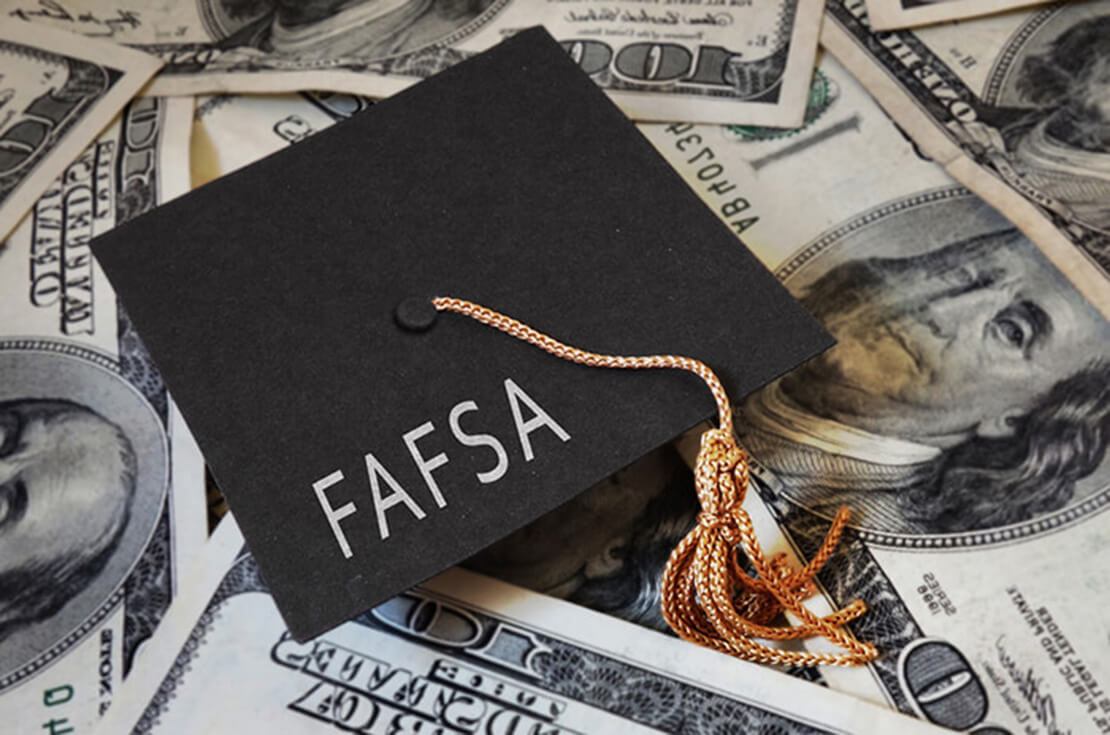
Navigating FAFSA
You may have heard it said of parenting, “the days go by slowly, but the years go fast.” You’ve laughed. You’ve cried. You’ve put in the hard work of parenting. Now, the moment that seemed a lifetime away has arrived: high school is winding down and college is on the horizon. You’ve saved and you’ve navigated college visits (or maybe you are in the process of visiting schools). Now, it’s time to think about financial aid. FAFSA® has become a household term. But what does it mean? And should you pursue it?
FAFSA® is the Free Application for Federal Student Aid. As the name implies, completing for the form is free, and it allows you to apply for financial aid for college or graduate school. Should your student complete the form? Well, about 20 million Americans do every year, and with good reason. As you may have guessed, the federal government uses the form to determine who qualifies for aid. States and schools use the form when looking at eligibility for assistance as well. The deadline to apply varies by state, however, the federal deadline for the upcoming 2022-2023 school year is June 30, 2023.
“Apply early,” is one piece of advice Niki Curatti, recent college graduate and Beyond Financial Advisors team member offers families starting the process. Assistance funds are limited, and the sooner you apply, the better. Completing the form may not be a particularly enjoyable process; that’s why Curatti advises blocking time on your calendar to get it done. Aside from general identifying information (social security number, driver’s license number, etc.), information for the student’s parents will be required as well. If the child is a dependent, the parents’ tax returns and bank statements will also come in to play.
While the application is extensive, there are some assets that are not considered for financial aid purposes. These include: life insurance cash value, primary home equity, retirement accounts, and annuities. The FAFSA® does look at non-retirement accounts belonging to both parents and students, as well as 529 college savings accounts.
Completing the FAFSA® may be the first “adult” task many students undertake. While it may or may not yield federal aid, keep in mind it is also used to assess state and college aid. The process can also be a good learning experience for students. Once it’s completed for the first time, it gets a bit more efficient in the following years. “Remember your PIN and be organized, similar to how you would approach doing your taxes,” Curatti advises.
The FAFSA® isn’t your only option for aid. There are various websites that will direct you to scholarship options based on your gender, ethnicity, religion, geographic location and other characteristics. There are more scholarships with a narrower focus, such as one for Catholic students with the last name Zolp. (If you happen to fall into that category, you can check it out here.) You get the idea.
You can complete the FAFSA® form here. You can also watch videos about establishing an account and using the myStudent Aid mobile app on the Federal Student Aid YouTube channel.